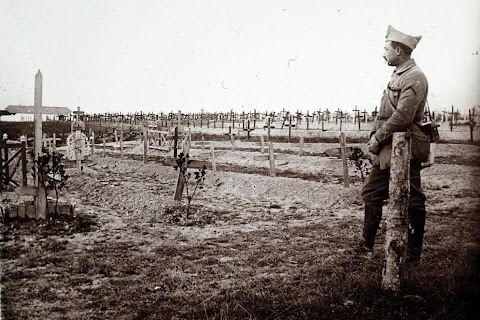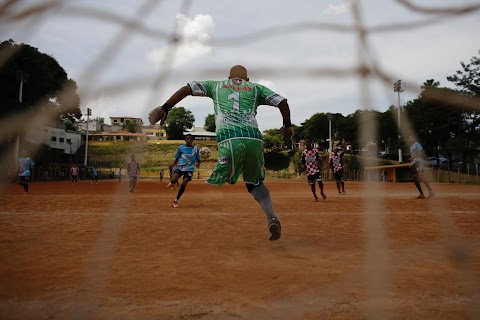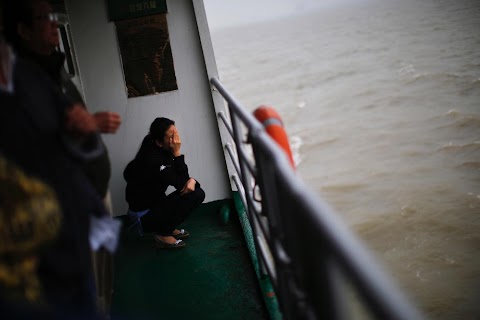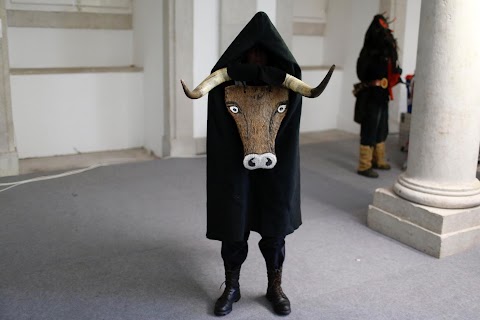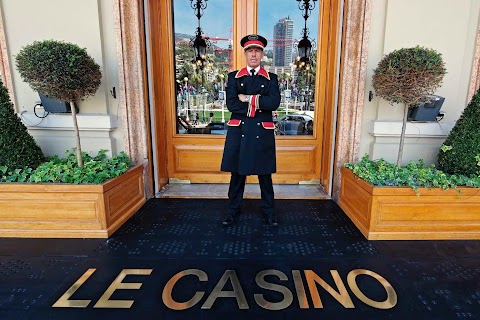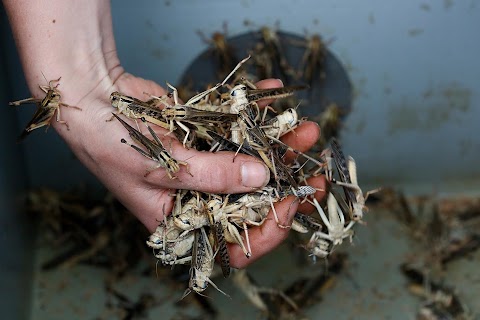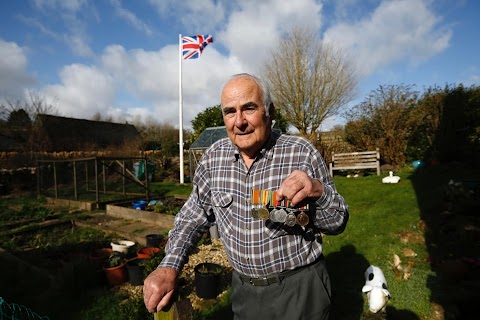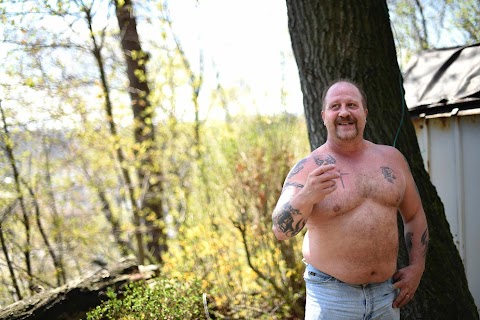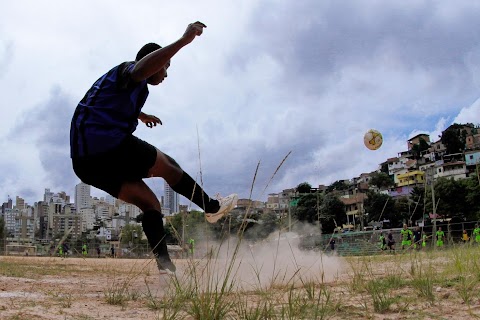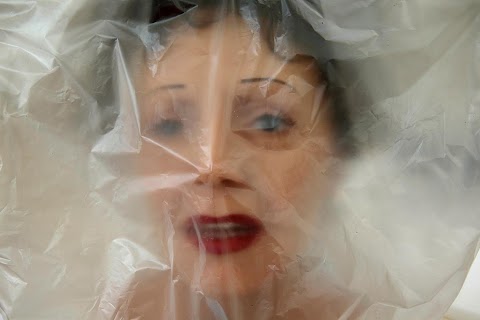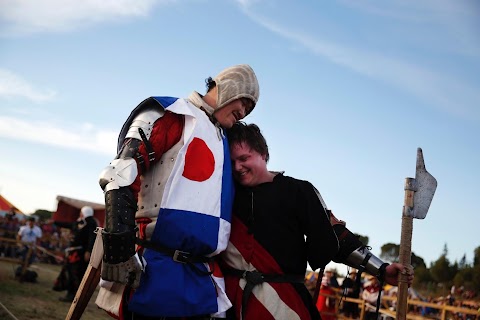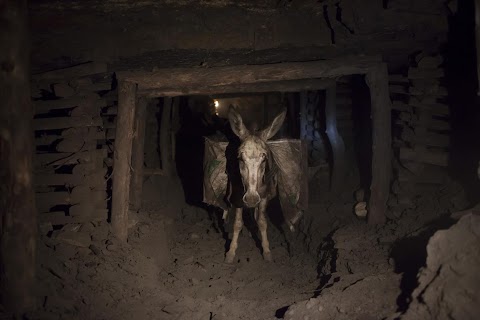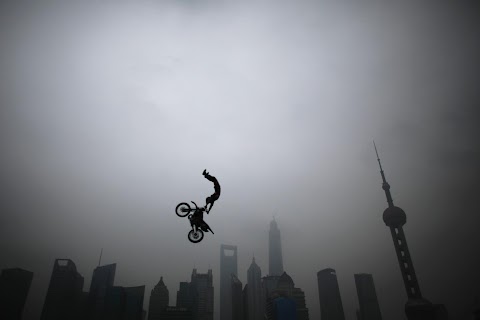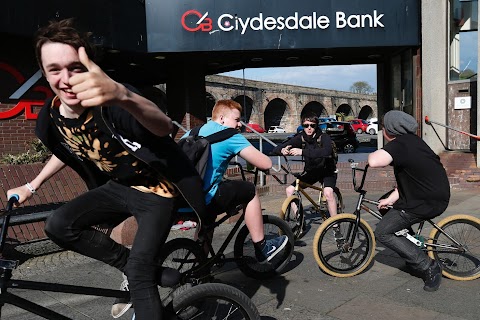
Scotland - A tale of two cities
 Suzanne Plunkett
Suzanne Plunkett
A group of students gather on their bikes in Kilmarnock, a dilapidated town in western Scotland, where pawnbrokers and discount stores dominate the local shopping centre.
Kilmarnock stands in stark contrast with the prosperous capital Edinburgh and the gap between the two highlights the wide social divide among Scots ahead of a September 18 referendum, when Scottish residents will decide whether to secede from the United Kingdom.

Edinburgh, which its attractive shopping districts and busy restaurants, has an air of affluence that explains why so many of its residents are happy with their lot and unwilling to risk the changes independence may bring.
The Scottish capital was named the second best place to live in the United Kingdom last year in a quality of living index by price comparison website MoneySuperMarket, topped only by Bristol in southwest England.
Its bustling Princes Street (pictured above), its fortress castle and cosy pubs all help to make it one of the four most popular British towns for visitors outside of London.

Kilmarnock, by contrast, was last year named the least desirable place to live in Scotland in "Crap Towns Returns", a book that names and shames the "crappiest towns" in Britain.
Described as a "post-industrial wasteland", the book looks back at the days that Kilmarnock was once an industrial powerhouse, famed for its carpets that were laid on the ill-fated RMS Titanic and home to a Johnnie Walker whisky plant.
But carpet-making ceased in Kilmarnock in 2005 and the closure of the whisky factory was announced a few years later, leaving the town of 46,000 people struggling.
In the image above, a man walks by the former site of the Johnnie Walker plant.

Unlike Edinburgh, Kilmarnock (pictured above) would not be on many tourist schedules.
Data from the Scottish government shows that nearly one in five residents of East Ayrshire that encompasses Kilmarnock were income deprived in 2011 compared to one in 10 in Edinburgh.
Youth unemployment is a problem, with about 10 percent of people aged 16 to 24 in Kilmarnock claiming jobseekers allowance compared to 3.5 percent in Edinburgh.
Opinion polls have shown residents of Scotland's most deprived neighbourhoods are more likely to support independence - but less likely to vote - making them a key target group as both sides race to woo the undecided and typical non-voters.

While many in Edinburgh are worried about the risks that independence might bring, some residents of Kilmarnock see little to lose and believe change can only be for the good.
“It can't be any worse than it is just now," said Steven Campbell, 44, a firefighter, as he walked around the 14th Century Dean Castle on the outskirts of Kilmarnock with his wife Denise and newborn daughter Alexx.

But, of course, in both Kilmarnock and Edinburgh not all residents think alike.
Steve Wright, who runs a gift shop called Clans of Scotland on Edinburgh's Royal Mile, is also firmly pro-independence.
"The word No should not be in the Scottish vocabulary this year," he said.
Slideshow

A bird flies over homes in the Morningside suburb of Edinburgh.

Pedestrians walk past a row of flats that stand across from the former site of the Johnnie Walker distillery in Kilmarnock.

British and Scottish flags fly outside the Lloyds Banking Group Scottish headquarters in Edinburgh.

Scotland's flag, the Saltire, flies outside a home in Kilmarnock.

A busker plays the bagpipes along Princes Street, the main shopping street in Edinburgh.

A busker plays the accordion along King Street, the main shopping street in Kilmarnock.

Retired widower Archibald Anderson drinks a pint at the Cafe Royal in Edinburgh. Anderson, who plans on voting "No" to independence remembers serving in the military alongside soldiers from England, Wales and Northern Ireland and says he "can't imagine why we would want to be separate."

Britain's Deputy Prime Minister Nick Clegg is seen on a television screen as patrons socialise in the Kay Park Tavern, near the main business district in Kilmarnock.

A member of the Edinburgh Rugby rugby team walks onto a pitch before practice outside Murrayfield Stadium.

Rugby Park Stadium, a 15,000 seat venue where Elton John once performed, is seen though a gate in Kilmarnock.

Wearing a "Yes" t-shirt, Neal Ingram poses near the Burns mall in Kilmarnock. Ingram, who favours independence says he looks forward to the people of Scotland being able to "make decisions for ourselves and not being tied to an unrepresentative government. "

Pedestrians walk past the luxury 5-star Balmoral Hotel in Edinburgh.

A boy passes a broken sign for Balmoral Road, the street where the former Johnnie Walker plant was located in Kilmarnock.

Fettes College is seen though its front gate in Edinburgh. Last year, Fettes College, which Britain's former Prime Minister Tony Blair attended, was ranked the second-most expensive school in Scotland.

A man leaves the Burns Monument Centre in Kilmarnock. Renowned Scottish poet Robert Burns grew up near Kilmarnock and his first book of poetry, "Poems Chiefly in the Scottish dialect," known as the Kilmarnock volume, was published there.

Fog surrounds the Balmoral Hotel in Edinburgh.

Demolition work takes place on the Howard Park Hotel in Kilmarnock.

Edinburgh Castle is seen from below.

A woman walks her dogs outside Dean Castle in Kilmarnock.

Postcards are displayed outside a shop along the Royal Mile in Edinburgh.

A welcome sign stands on the outskirts of Kilmarnock.
"The crux of the debate in the Kay Park Tavern and elsewhere, is that the vote represents a choice between the familiar and the unknown."
I find myself waiting in a featureless hotel conference room in the Scottish town of Kilmarnock. I’m here to photograph an informal meeting about the benefits of voting for independence in the upcoming referendum on whether Scotland should break its union with the rest of the United Kingdom.
But if attendance at this gathering is anything to go by, the vote in favour of secession may be in serious trouble.
According to some observers, Kilmarnock, a down-on-its-luck manufacturing town in the west of Scotland, should be a pro-independence heartland. The economically depressed, so the theory goes, are more likely to vote for change.
Yet, here in the Fenwick hotel, 15 minutes past the time the meeting should have started, barely anyone is here. It’s so empty I can hear the tick of a wristwatch from three rows away. We all stare awkwardly at the rain sliding down the windows and wait.
Then – bang.
The door flies open and two chattering volunteers breeze in. They bustle to the front of the room and begin stacking “Yes to independence” campaign leaflets and draping a Scottish Saltire flag over a desk. They are oblivious to the settled gloom until one of them turns around and notices something is missing.
She raises an eyebrow but, without missing a beat, says: “Ah, the others must be in the bar! I’ll go fetch them.”
Sure enough, a few minutes later, dozens of jovial locals file into the conference room. The air of despondency is replaced by one of anticipation. There’s a sense of excitement too, although it is unclear whether this is caused by the election that lies ahead, or by a round of drinks.
What is clear is that in Kilmarnock the campaign for an independent Scotland is underway and the people here are – despite their late arrival – engaged in the process.
This seems to be the case elsewhere in the town too. Later, I find myself outside the Kay Park Tavern. From outside, this neighbourhood pub is deceptively large, a long, low building resembling a grand old coaching inn. Inside, it’s cramped and dimly lit.
It’s a pub for locals. Walking in, I might as well be an out-of-town gunslinger barging through the swing doors of a Western saloon. Conversation halts. Drinks slam onto tables. Everyone swivels to stare at the newcomer. If anyone had been playing at the dartboard over in the corner, I’m sure the dart would’ve frozen in mid-air.
With all eyes on me, I sidle in to speak to the bartender. I ask permission to take photographs, anticipating the scrape of barstools as drinkers rush to eject me.
The barman is called Jimmy Lund. He puts on a stern expression after listening to my request and asks: “Why on earth would you want to photograph this lot?”
To my relief he quickly adds: “Aye, of course you can!”
I am immediately ushered around to his side of the beer pumps to face a panel of bar room political experts – all with differing opinions about September’s referendum.
Lund puts his opinion succinctly: “I don’t want to be part of the Union Jack!”
Customer William Francis, sipping his pint of cider, agrees: “We could survive without England!”
Another, Isabel Creighton, sides with the “Better Together” campaign (as the No voters call it). “There aren’t enough guarantees,” she says.
The crux of the debate in the Kay Park Tavern and elsewhere, is that the vote represents a choice between the familiar and the unknown.
The risks are heightened because there is only one vote. It’s not a political term of office that will simply be voted against in four or five years if it doesn’t work out. And it isn't hinged to a particular candidate.
Denise Campbell, out for a stroll with her husband and 16-week-old daughter, worries that some people are confusing the referendum with Alex Salmond, the leader of the Scottish National Party, which has championed the cause of independence.
“Some people don't particularly like Alex Salmond and the SNP,” she says. “They think they are voting for them. But they’re not voting for them, they are they are voting for an Independent Scotland.”
A few weeks later I’m in the Scottish capital, Edinburgh - a wealthy city that should, in theory at least, be the anti-independence flip side to Kilmarnock.
At the 150-year old Cafe Royal’s Circle Bar, a stylish Victorian pub adorned with ornate ceramic murals depicting famous Scottish inventors, men in sharp suits swarm the bar and buzzing conversations bounce off the high baroque ceilings.
I could easily be tourist in this part of town. So could a few others in the bar, and there are no slammed pint glasses when I enter.
I strike up a conversation with retired widower Archibald Anderson, a refined-looking Scot.
Anderson is happy to talk politics and reminisces about serving in the British military alongside soldiers from England, Wales and Northern Ireland. Between sips of his pint of Tennent’s he says: “I can't imagine why we would want to be separate.”
This was a typical response when I pressed other voters who sided with the Better Together campaign. Change is risky.
But trying to predict the outcome of the referendum is no easy task. Opinion polls have offered varied forecasts and simply trying to guess the voting outcome by dividing Scotland into zones of prosperity and decline doesn’t work either.
A case in point is Stuart Knapp, a 39-year-old electrical engineer whom I met back in Kilmarnock.
Knapp plans to vote No to Independence and eagerly discussed the gravity of the vote while walking his dog in the town’s Dean Castle Country Park.
“Let’s say we vote for independence and 10 years down the line it hasn't worked and we want to change back,” he said. “We won’t be allowed to… we’re going to be stuck in our independent Scotland.”
